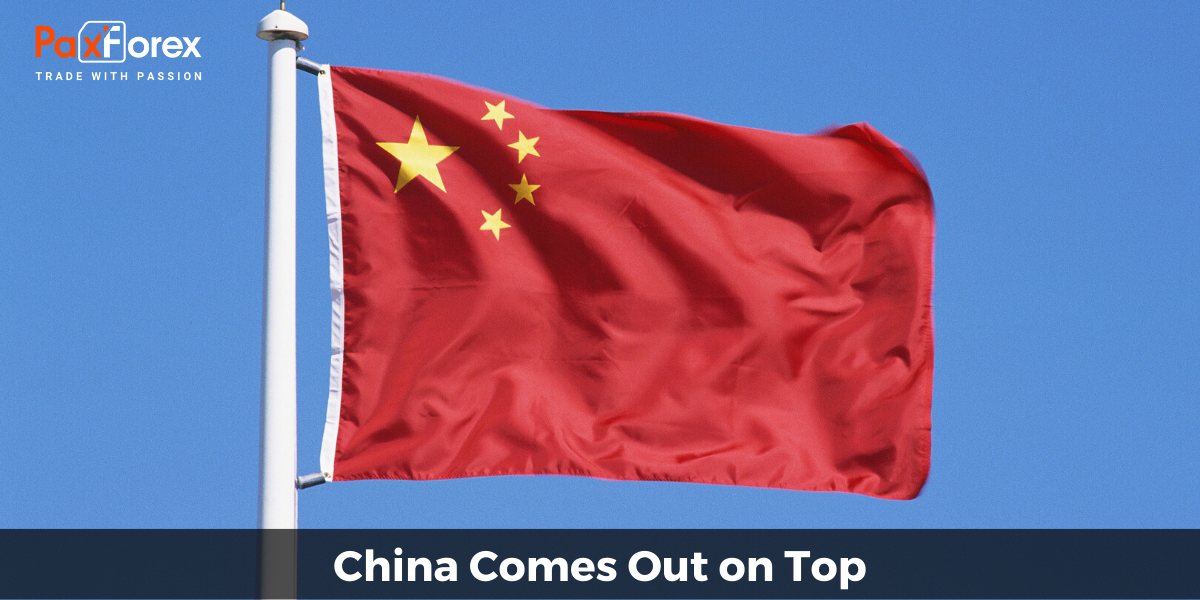
According to research carried out by the International Comparison Programme for the World Bank, China is moving close to becoming as large an economy as the US. Its research, published this month, is the basis for the purchasing power parity (PPP) estimates that underline most comparisons between the world's economies.
The evidence shows that by the end of 2011 China's economy was 87% the size of the US economy – and given the cumulative growth rates since, by the end of this year China might already be bigger. This would have many important consequences beyond the most obvious – that the US, the symbol of post-second world war democracy and western capitalist beliefs, is no longer the world's biggest economy. It would also mean that China had achieved this feat quite some years earlier than some of us were predicting.
The world economic growth rate must have been stronger in the past couple of decades than previously estimated. Most calculate global GDP growth rates in PPP terms, and if China is now the same size as the US, and is growing by between 7% and 7.5% (as it appears to have been doing for the past 12 months), then it is contributing twice as much to global GDP growth as the US. At some point I would expect the IMF, when it has had time to analyze the data, to revise upwards its estimates of world GDP.
It also follows that in international terms Chinese people are on average wealthier than we previously thought, though of course this tells us nothing about the level of inequality in China, which is currently a major challenge for its authorities.
The Chinese statistical authorities do not recognize these new estimates, which is ironic given that many western observers frequently accuse the Chinese of overestimating the strength of their economy. Being as large as the US may imply that China needs to accept more global responsibilities than it is ready for.
Another consequence of these revisions is that the value of Chinese consumption and services expenditure is probably considerably higher than previously believed. If this is the case, then the challenge of so-called Chinese rebalancing may not be quite as tough as many currently think.
If these new estimates become accepted wisdom, then a few things become much more immediate for the running of our world economy and society. First, China's position and weight within all forms of international governance – ranging from the G20 to the IMF, World Bank and General Agreement on Tariffs and Trade, and all the way to the United Nations – must become bigger quicker than previously believed. This has to be accepted by China itself, which might be at the heart of its initial reluctance – it might not feel it is prepared.
It is also the case that the US must be prepared to give up some of its own dominant role. In turn, this leads to a crucial philosophical issue for all western democracies – if the data is accurate it suggests that there is a credible alternative to our preferred western democratic model for success.
This said, it is important not to lose sight of the fact that the data also concluded that other large emerging nations might be considerably larger in PPP terms than previously thought – including India, which might be number three. India is the largest populated democracy in the world, and about to get a new government that might be rather more embracing of greater global recognition than China.
You might also like:
Barclays reduces investment projects







